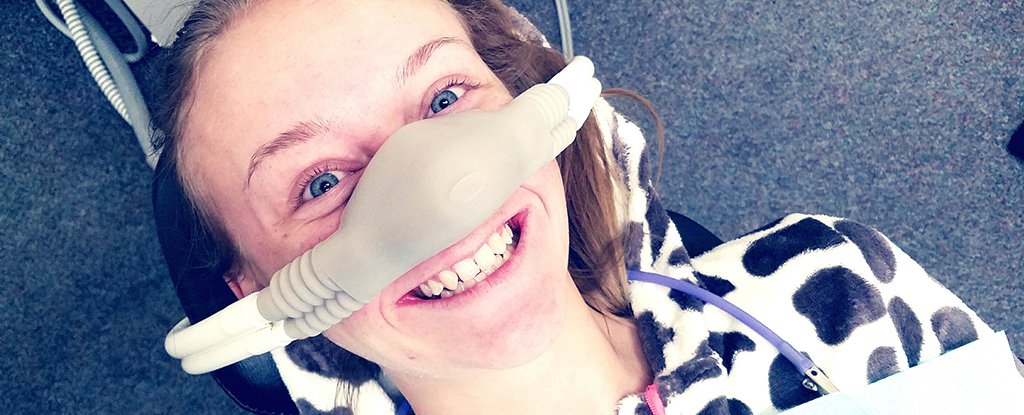
Jun 10, 2021
1 min, 6 secs
When nitrous oxide was first discovered in the late 1700s, chemists in England threw laughing gas parties for an elite crowd.Party goers reported feeling euphoric and pain free, which is why nitrous oxide was soon adapted for use in dentistry and surgery. Hundreds of years later, most of us know the drug as an anesthetic or sedative.In 2015, a proof-of-principle study found breathing in a gas made up of 50 percent nitrous oxide for just an hour has rapid antidepressant effects. Depression dropped significantly in the day following treatment for most volunteers; among those whose moods were checked a week later, though, the results didn't seem to last.The first treatment involved an hour-long high dose of nitrous oxide (at 50 percent), the second involved an hour-long low dose of the drug (at 25 percent), and the last involved a placebo."Like nitrous oxide, ketamine is an anesthetic, and there has been promising work using ketamine at a sub-anesthetic dose for treating depression
Maybe by lowering the dose, we could find the 'Goldilocks spot' that would maximize clinical benefit and minimize negative side effects."
The sample size of the current study is small, and because researchers only followed up with patients after two weeks, it's unclear whether the effects of the first nitrous oxide treatment carried over into the next bout of laughing gas